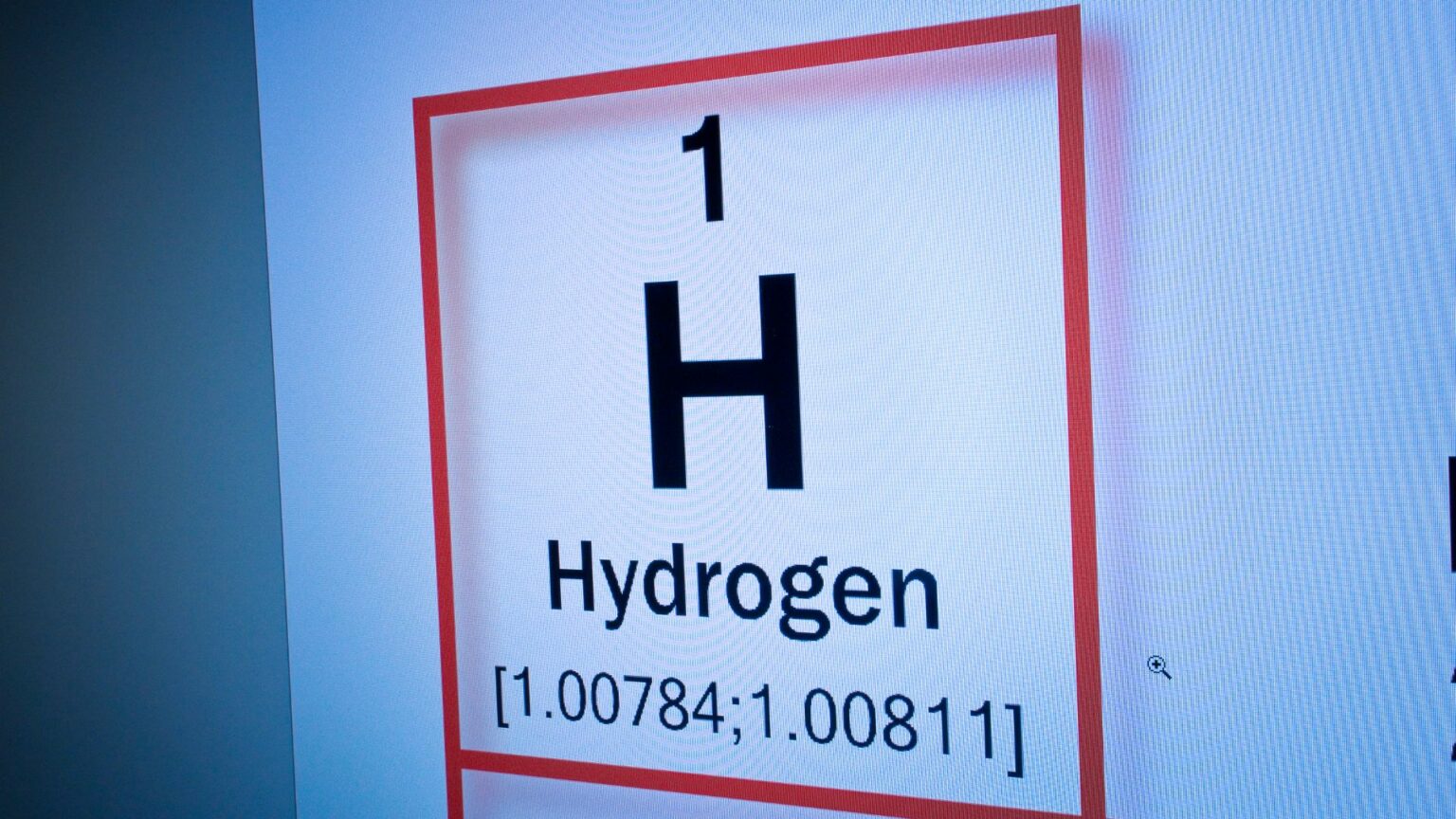Latin America and the Caribbean are poised to witness a surge in low-carbon hydrogen projects. According to the latest report by the International Energy Agency (IEA), the region’s production capacity could skyrocket to 3.5 million tons by 2030, with an ambitious emphasis on electrolysis powered by renewables.
The primary goal of these low-carbon hydrogen projects is to position the region as a major player in global hydrogen production, contributing up to 15% of announced projects worldwide. The IEA’s estimate suggests that if all the conceptualized projects materialize, this volume could even reach an impressive 6 million tons by 2030.
Electrolysis, fueled by abundant renewable resources, emerges as the cornerstone of Latin America’s hydrogen revolution. This technology not only aligns with sustainability goals but also positions the region as a potential exporter of hydrogen-based fuels like methanol, ammonia, and Sustainable Aviation Fuels (SAF) by 2050.
Latin America’s abundance of renewable resources creates a unique opportunity for the region to become a major exporter of hydrogen-based fuels. These exports, including green iron and steel, could catalyze economic growth, reindustrialization, and foster increased foreign investment. The potential for developing low-carbon iron and ammonia, with both low emissions and competitive costs, could be a game-changer for the region.
Brazil, with its great potential for cheap green hydrogen production through electrolysis, stands as a key player in this energy transformation. The country is exploring policies to encourage hydrogen production, including the inclusion of green hydrogen in favored tax regimes and the development of a legal framework for low-carbon hydrogen.
Brazil is navigating legislative avenues to provide legal security for hydrogen production. The tax reform approved by the Federal Senate incorporates green hydrogen, and a specialized commission is deliberating a legal framework for low-carbon hydrogen, proposing the National Low Carbon Hydrogen Policy and a special tax incentive regime, Rehidro.
As Latin America embarks on this hydrogen journey, the region is not merely aiming for global recognition but is also fostering the development of a sustainable and resilient energy landscape. The end of November holds the promise of significant legislative strides that could shape the trajectory of Latin America’s hydrogen-powered future.





